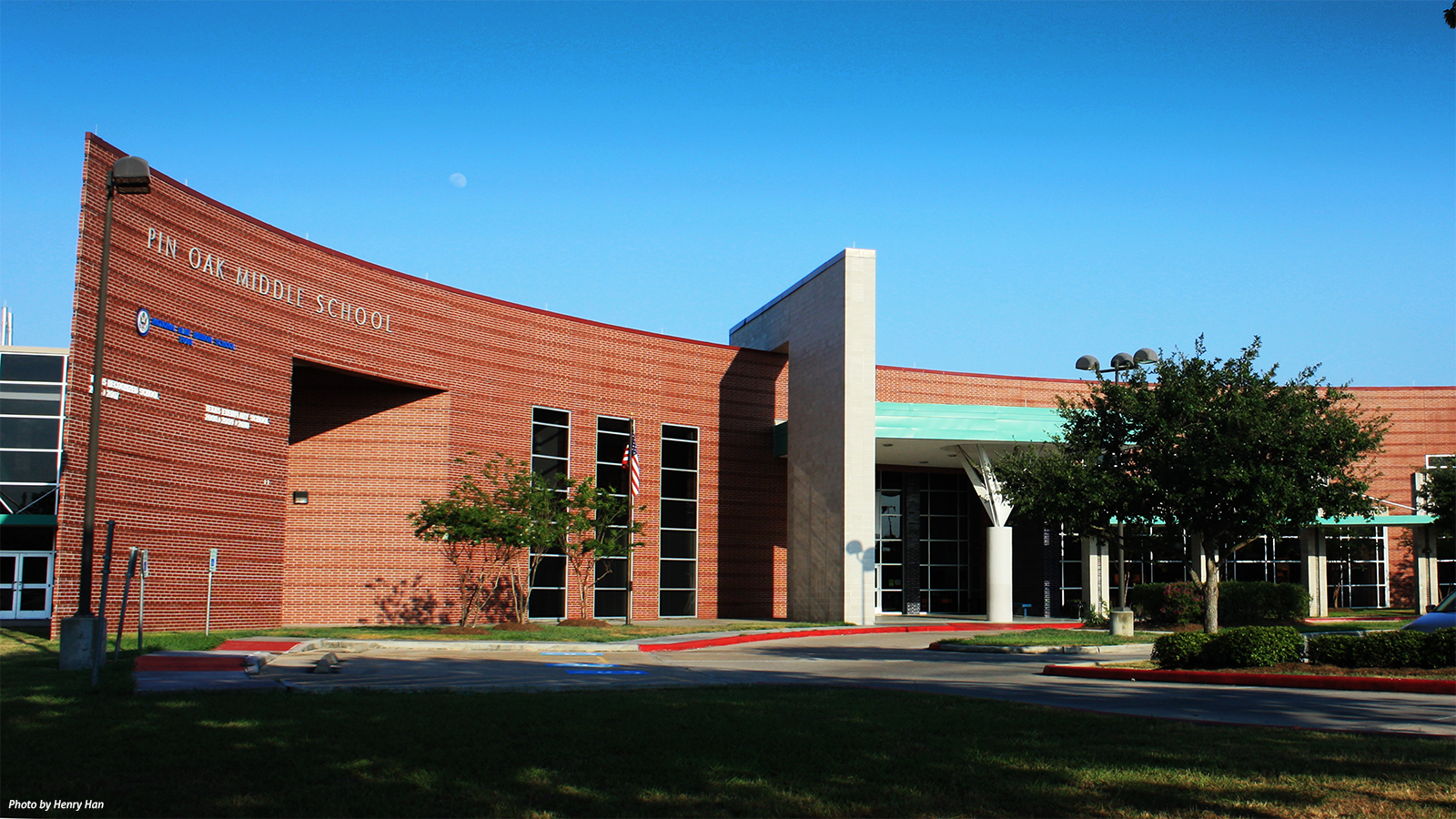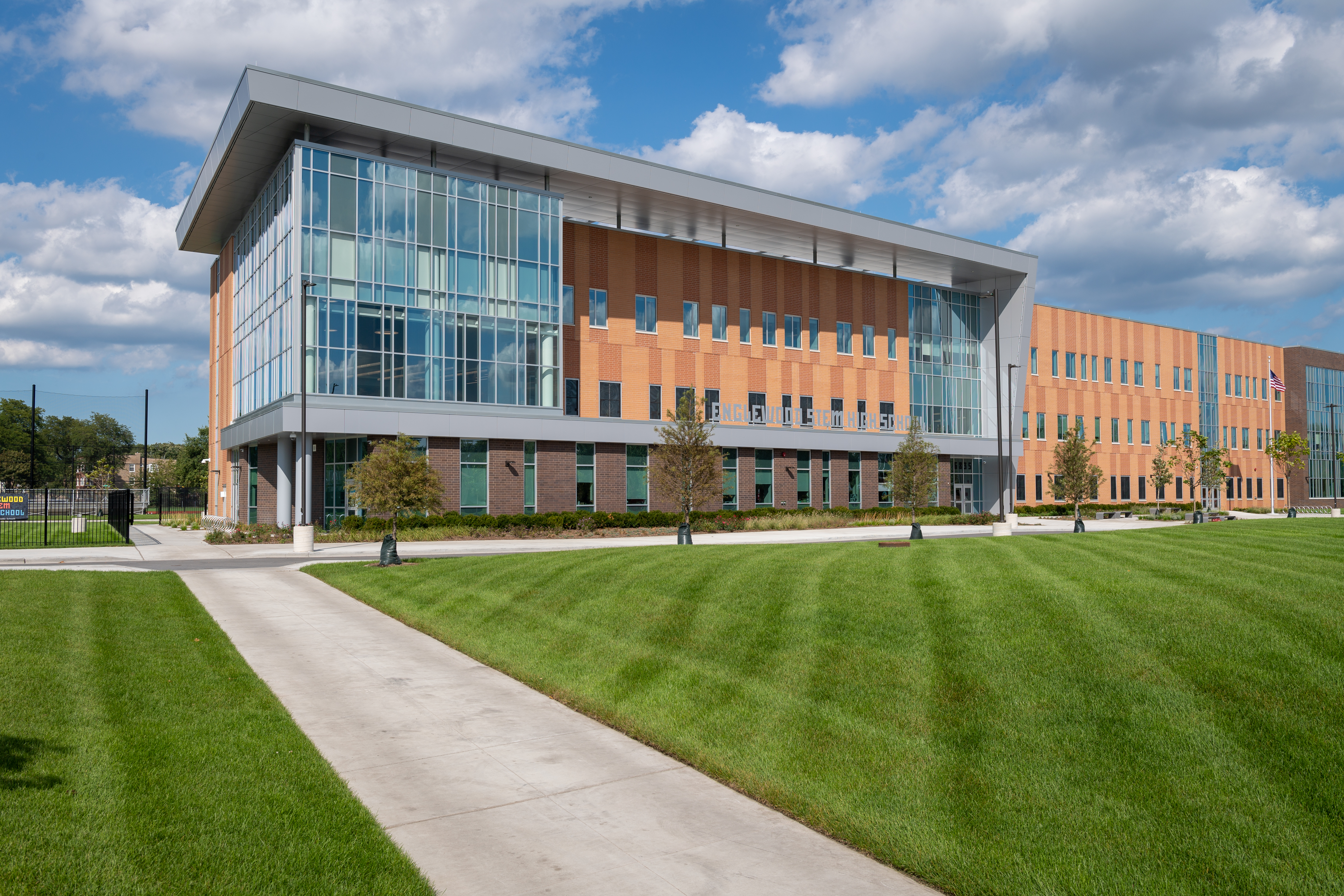Join Us: Events and Initiatives to Save Temecula Schools
Join Us: Events and Initiatives to Save Temecula Schools
Blog Article
The Impact of School Environments on Academic Success and Personal Health
The design of instructional rooms, including natural lights and ergonomic furnishings, can enhance pupils' concentration and convenience. How can colleges purposefully improve these facets to much better sustain their students?
Physical Layout and Layout
How does the physical design and style of an institution effect scholastic success? The setup and visual of an institution atmosphere can substantially affect students' knowing end results. A properly designed school layout advertises convenience of movement, reduces distractions, and cultivates a feeling of security and belonging. As an example, vast corridors and plainly significant areas help with smooth transitions in between classes, minimizing lateness and interruption. Furthermore, tactically placed common locations motivate social interactions, which are important for emotional and social growth.
Natural lighting and reliable ventilation systems are pivotal in improving cognitive feature and lowering absenteeism. Research studies have actually shown that class with ample all-natural light enhance trainee concentration and decrease feelings of sleepiness. Ergonomic furnishings tailored to students' demands can stop physical discomfort, permitting for extended focus and involvement in scholastic activities.
Accessibility to outside spaces and aesthetically pleasing environments likewise play an important role - Save Temecula Schools. Green spaces and properly maintained institution premises supply chances for physical exercise and psychological relaxation, both of which are very important for maintaining high degrees of scholastic performance. Fundamentally, an attentively designed physical atmosphere can function as a stimulant for scholastic excellence, fostering an ambience that supports both mentor and understanding
Classroom Atmosphere
An environment that fosters a sense of security, inclusivity, and mutual respect encourages students to engage more actively in their knowing procedures. The atmosphere of a classroom, including elements such as illumination, sound degrees, and seating setups, can significantly impact pupil focus and motivation.
Furthermore, the class atmosphere should support a society of collaboration and open interaction. When students really feel comfy sharing their ideas and asking questions, they are much more likely to engage deeply with the product and develop critical thinking abilities - Save Temecula Schools. Peer interactions and group tasks can enhance understanding by supplying varied point of views and promoting synergy
In addition, establishing clear assumptions and consistent regimens can develop an organized environment that enables pupils to concentrate on their research studies. By minimizing unpredictability and providing a foreseeable structure, pupils can better handle their time and duties. Ultimately, a positive class atmosphere not just boosts academic performance however additionally adds to the total well-being of pupils, preparing them for future educational and personal ventures.
Teacher-Student Relationships
Structure on the significance of a favorable classroom ambience, the relationships in between pupils and instructors play a pivotal duty in shaping academic success. A healthy and balanced teacher-student relationship fosters a learning atmosphere where pupils really feel valued, understood, and supported, which considerably boosts their motivation and engagement. When pupils perceive their instructors as compassionate and approachable, they are most likely to participate proactively in class and seek help when needed, adding to a deeper understanding of the topic.

Reliable communication is crucial to nurturing these relationships. Educators who use open, respectful, and constant interaction produce a structure of trust fund. This depend on enables trainees to reveal their ideas and concerns freely, fostering a collective learning setting. Basically, solid teacher-student relationships are a foundation of instructional success, playing an important role in both scholastic success and individual development.
Peer Communications
Peer interactions dramatically affect scholastic success by forming a trainee's cognitive and social growth. Favorable peer interactions can enhance a student's motivation and interaction in academic activities through collective discovering and shared support.

Reliable peer interactions likewise add to the growth of crucial life skills, such as communication, problem, and collaboration resolution. These social expertises are essential for both scholastic success and individual well-being, highlighting the relevance of cultivating favorable peer characteristics within the college setting.
After-school Activities
Involving in extracurricular tasks plays a crucial function in a trainee's academic success and personal development. Study continually shows that students that take part in extracurricular activities have a tendency to achieve higher scholastic efficiency.
Additionally, extracurricular participation promotes a feeling of belonging and neighborhood, which is important for individual well-being. Taking part in team tasks allows trainees to construct and reinforce socials media, boosting their emotional and social intelligence. These interactions are vital for creating interpersonal abilities that are valuable in both future and academic specialist atmospheres.
In addition, after-school activities provide a constructive outlet for pupils to explore their rate of site interests and passions beyond the typical educational program. This expedition can cause the discovery of new abilities and potential career courses, additionally encouraging trainees to home engage more deeply in their scholastic work. In final thought, the duty of extracurricular tasks prolongs past simple recreation; they are important to promoting a holistic instructional experience that promotes both scholastic success and personal development.
Conclusion
Thoughtfully created physical layouts and classrooms, along with favorable teacher-student connections and positive peer communications, significantly enhance student motivation and interaction. These elements collectively emphasize the relevance of producing and preserving ideal college settings for the advantage of students' academic and individual growth.
Eventually, a positive classroom ambience not just improves scholastic performance however likewise contributes to the general wellness of trainees, preparing them for future academic and personal ventures.

Report this page